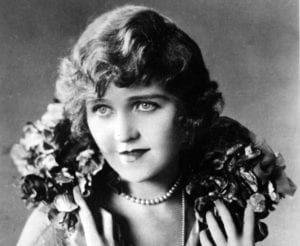THE VAGABOND QUEEN (1929) Directed by Géza von Bolváry UK 62 mins U This unparalleled essay in European absurdism was one of the most regrettable casualties of the coming of sound. Released as a silent in May 1929, it was re-issued with synchronized music and sound effects in August 1930 – but too late. Variety, … Read more
